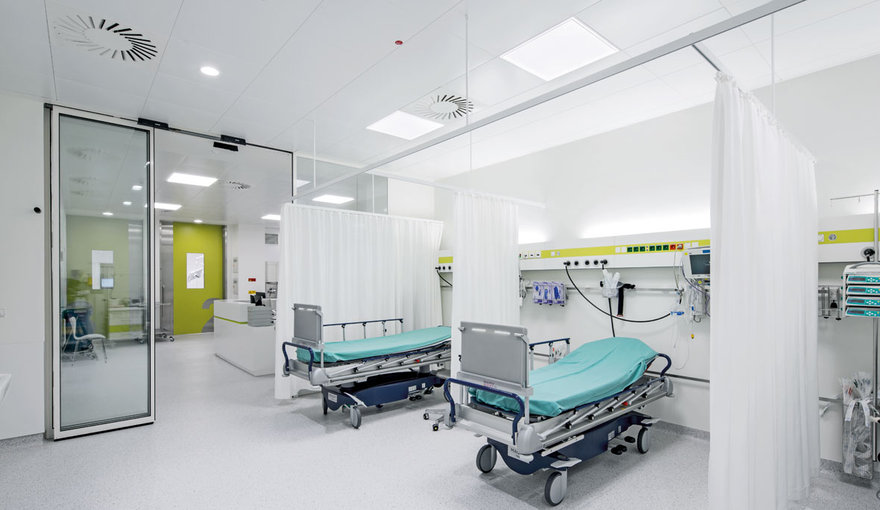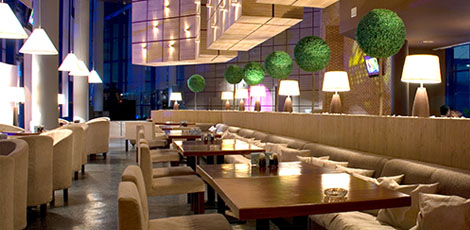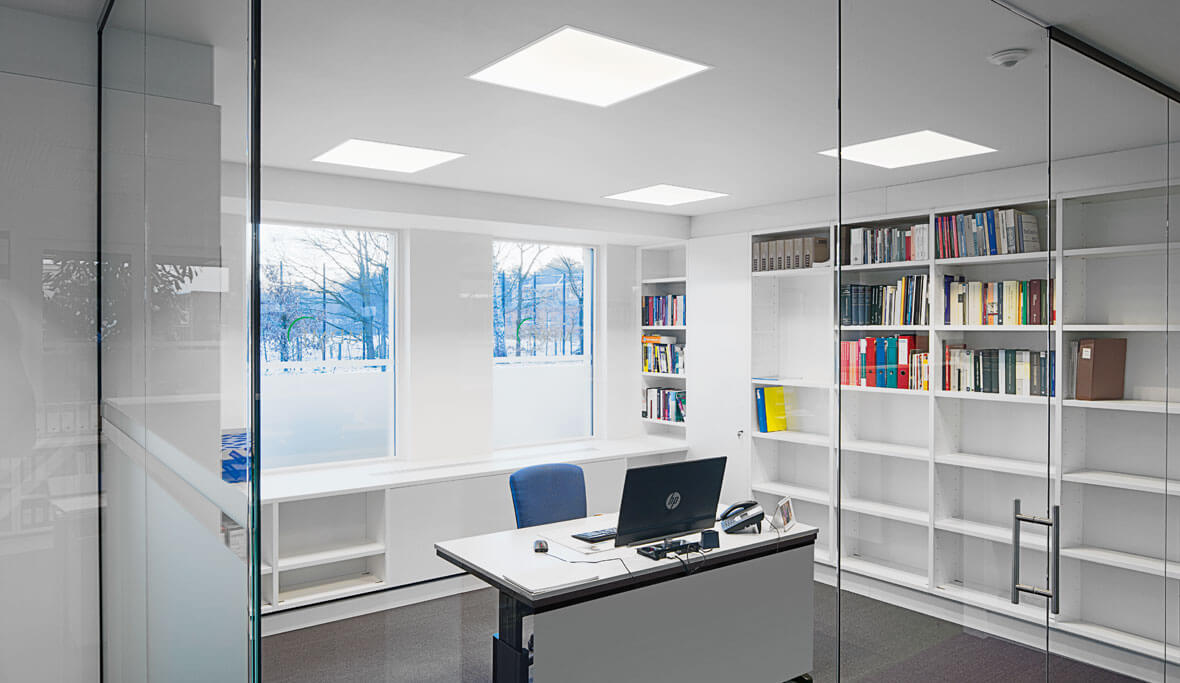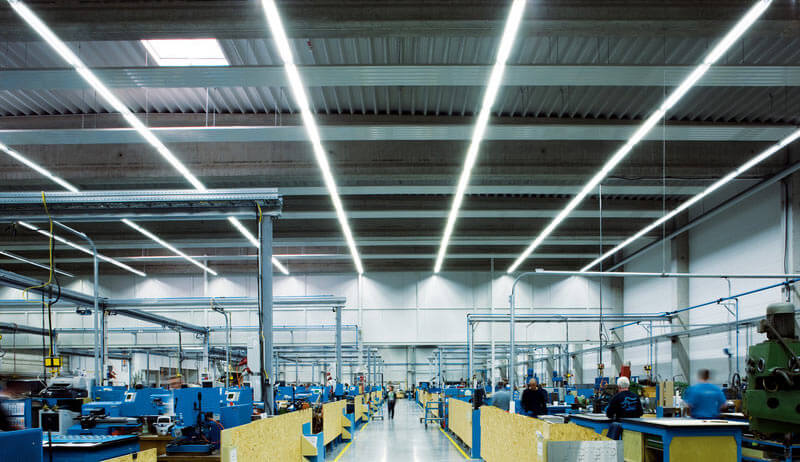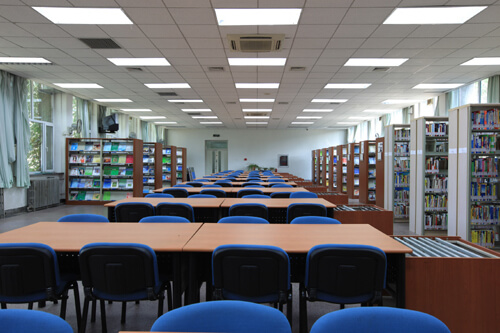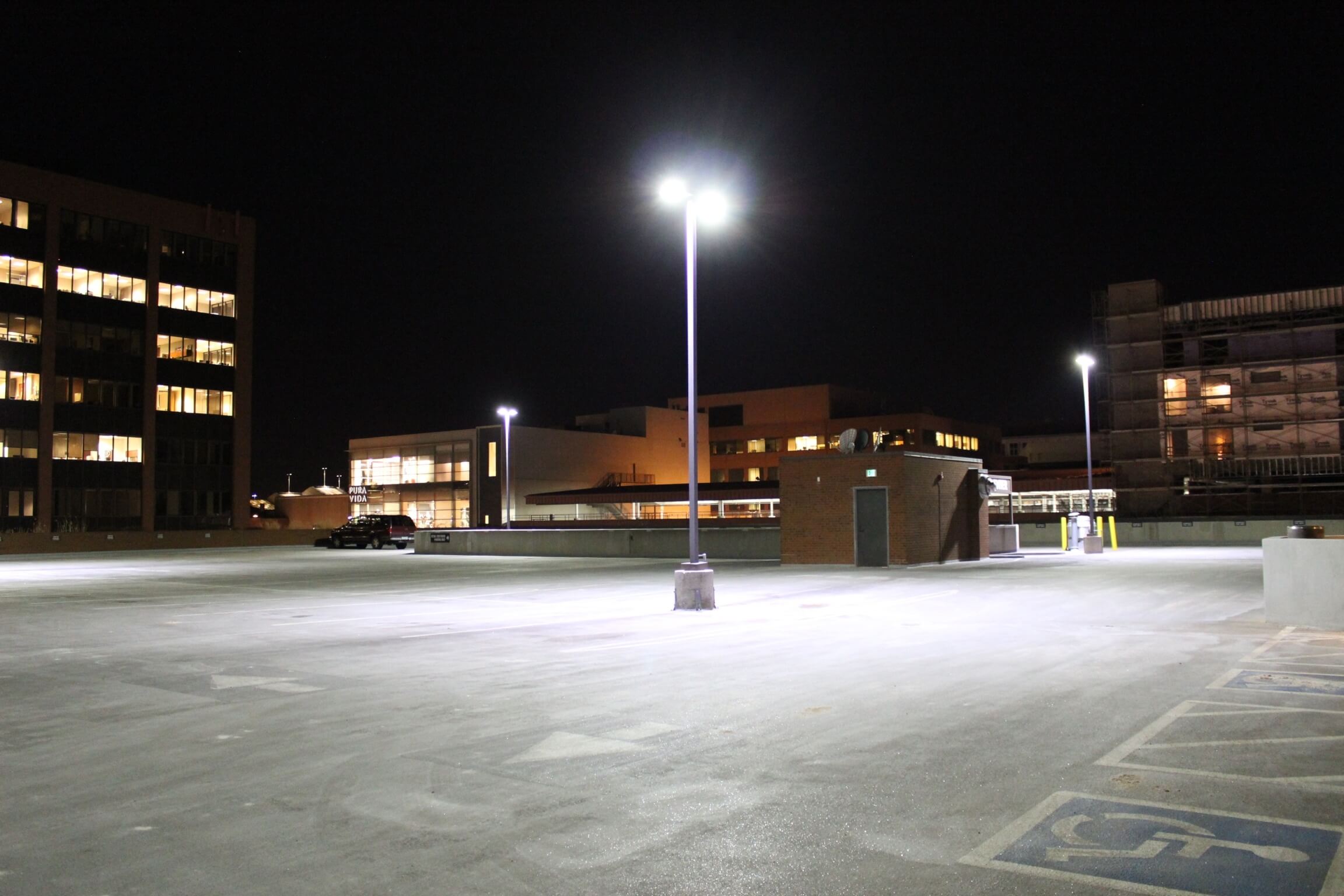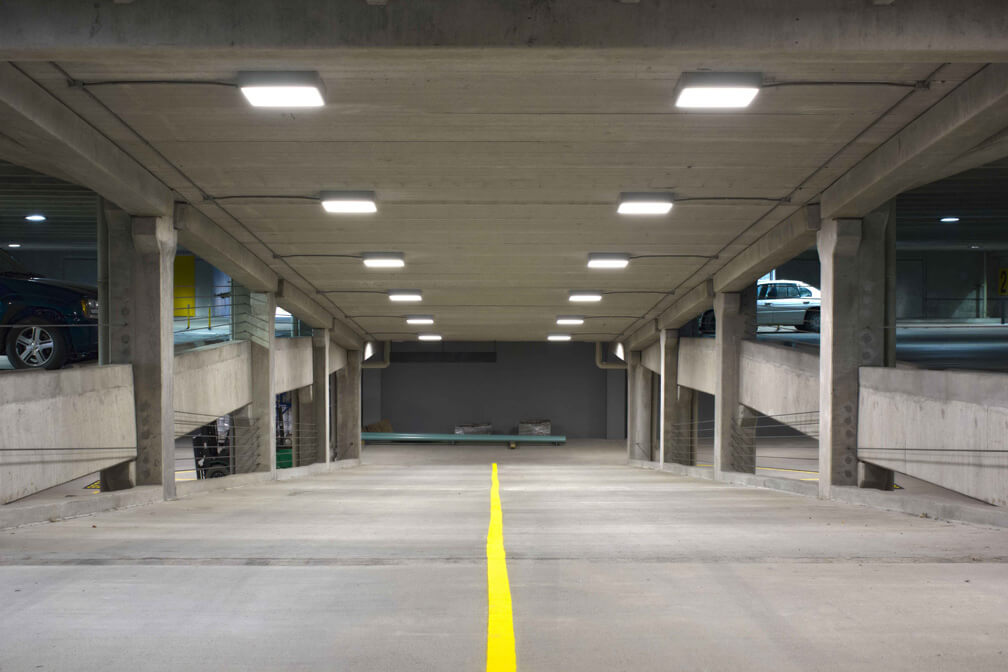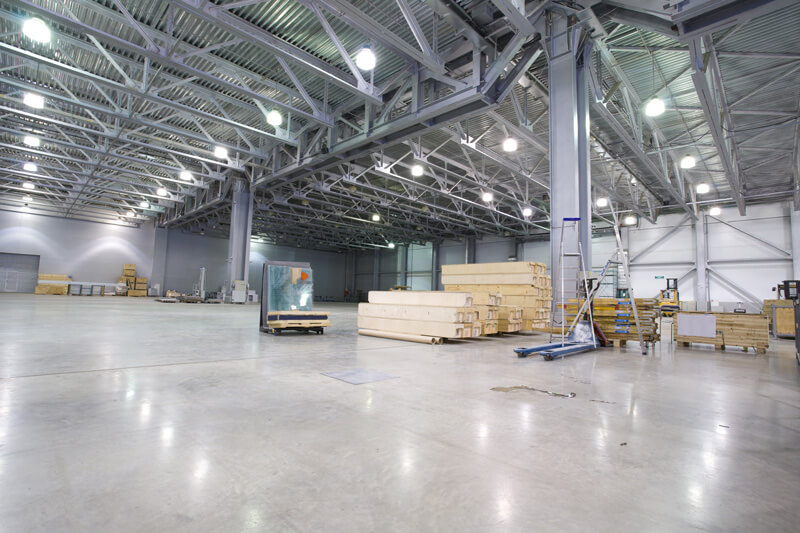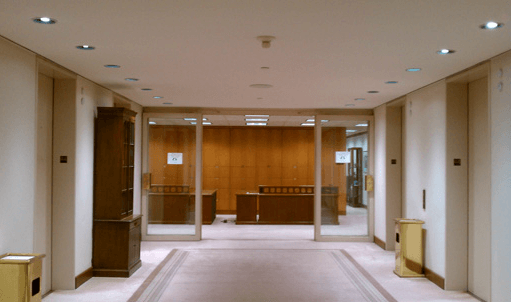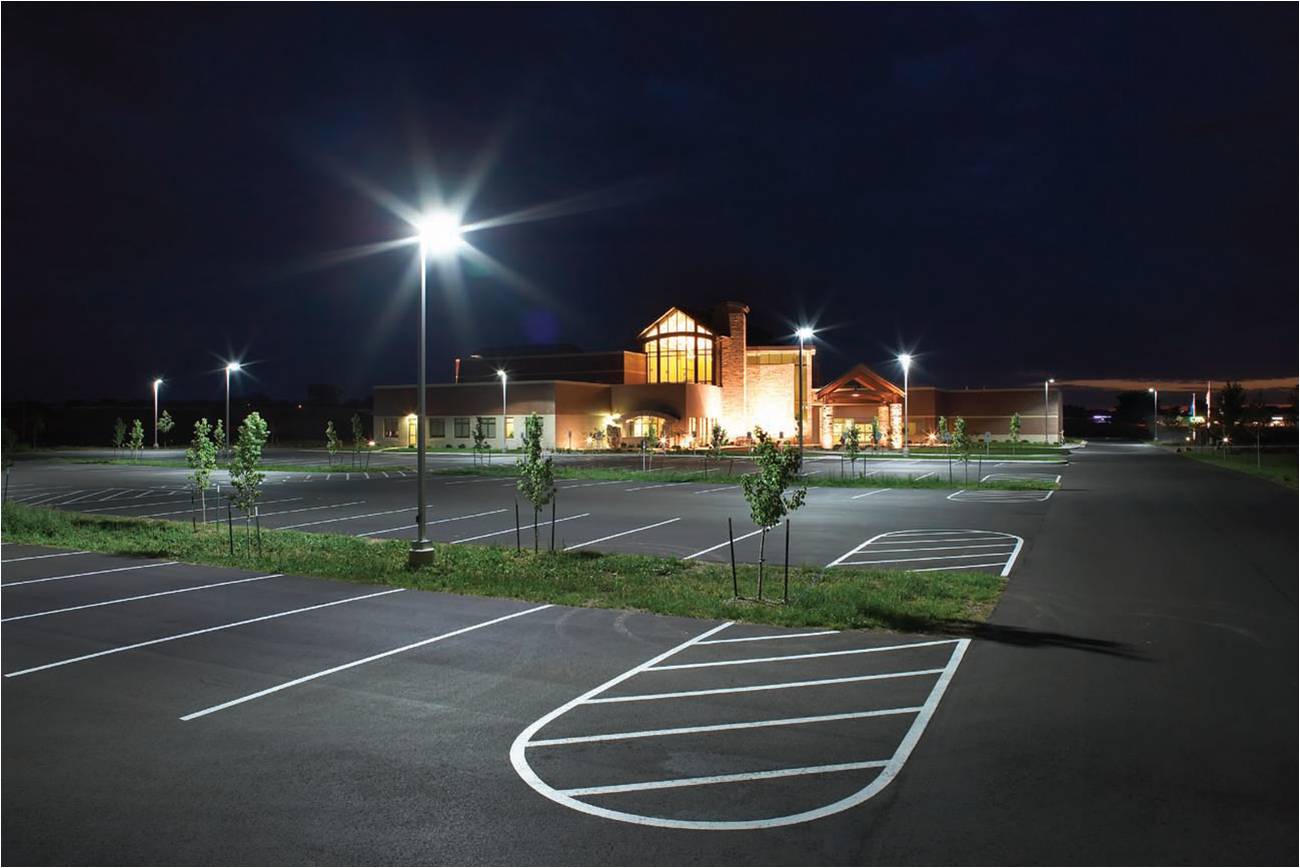Patients are changing every day, and as patients change, hospitals have to change too. The costs of care are constantly changing, the role of insurance providers is changing, and there are different options for patients in regards to treatment. These factors and more are causing healthcare facilities to change the way they operate so they can be more competitive.
Lighting once seemed like only a small difference between one medical facility over the other, but it has become a major difference. Yes, lighting can be the difference in a patient choosing one medical facility over the other. In order for your medical facility to compete in the healthcare industry, you have to design your facility around the needs of your patients, visitors, employees, medical providers, etc.
When you invest in better hospital lighting, patients and your hospital staff will see better and feel better. Lighting can also be the key to speeding up the recovery and healing process. Those who are responsible for caring for the patients will be able to do their jobs better because the hospital lighting has been improved.
When your hospital installs proper lighting, patients will be able to relax, your hospital staff will become more productive and efficient at their jobs, and the doctors will be able to do their jobs easier because they will have the improved visibility they need to perform surgery and operate on patients.
In order for you to be a leader in the healthcare industry, your hospital will need to improve a variety of things, especially the ambiance because that can be the key to improving patient experience and the entire reputation of your medical facility.

